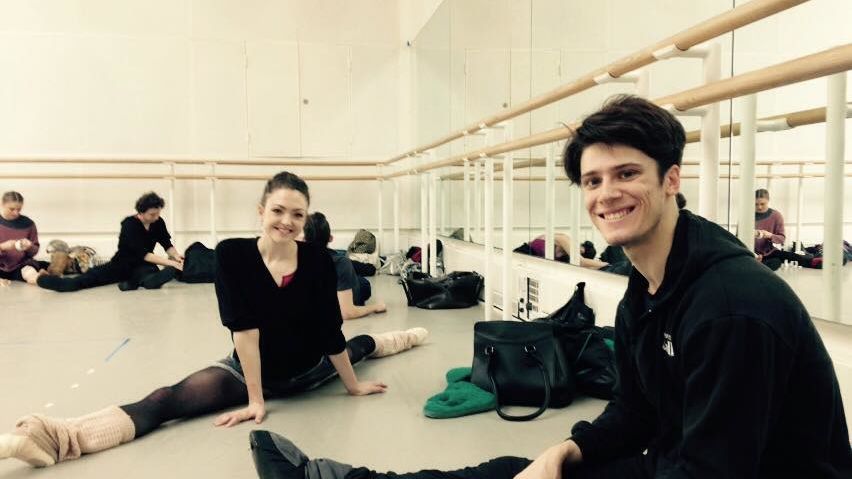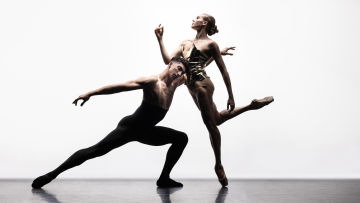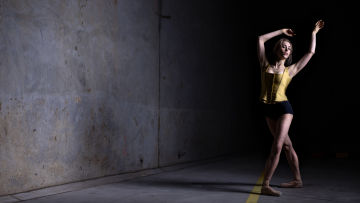Mentoring young talent: in conversation with Rani Luther

Queensland Ballet’s Ballet Mistress and Creative Associate, Rani Luther and Ballet Master Matthew Lawrence are designated mentors for our Jette Parker Young Artists (JPYAs). Both are passionate about helping the next generation of artists to make their way - and their mark - in the dance world.
We asked Rani to explain how QB provides support and mentorship to our JPYAs during their apprenticeship year with the Company.
RL: During the dancers’ first week, we give an in-depth, introductory talk covering our expectations, house rules and the general cultural etiquette within Queensland Ballet. Each JPYA is also paired with a ‘Company buddy’, who they can quiz about anything, from sorting out schedules, to how Queensland Ballet’s physio system works and the nuances of the Company dynamic. Ongoing career advice is provided throughout the year.
After a group talk, the dancers are given a questionnaire designed to make them reflect on their current level of professional development and what they want to achieve in their careers. We then help each dancer to devise plans to improve on any elements of their professional development which might need particular attention. These might include technique, class work, stage and performance strategies, strength, injury prevention or dealing with nerves and stress. Later in the year, we refer back to these plans to assess the dancers’ progress or identify areas for further improvement. We also outline short and long-term goals for the dancers to work towards. Specific coaching and technique classes are given to the JPYAs during the first part of the year for ballet work and partnering, complementing their rehearsals.
During the first few months, the men do a strength-building program to help them with partnering and the physical demands of the year. All dancers are advised to attend the Company’s weekly Pilates classes. Finally, as their year in the Program draws to a close, we try to make sure that the dancers are fully prepared for auditions, assisting them to create a professional, up-to-date CV and show reel and to develop a clear plan if they are auditioning for other companies.
How do you achieve a balance between the Jette Parker Young Artists’ integration into the Company and any special projects for this group of early-career dancers?
RL: We schedule separate rehearsals for the JPYAs at the start of the year for upcoming repertoire or new creations. This allows them to work towards their own goals as a group and feel a collective ownership of the pieces which they will perform. This more gradual integration into the Company schedule provides a well-grounded base on which the dancers can build steadily whilst having guided support.
We constantly try to keep a balance between JPYA rehearsals and Company repertoire rehearsals, to ensure that we keep on top of any weaknesses due to
injury. Coming into the Program usually means a huge increase in physical workload for these young dancers, and we want them to feel confident in the fast-paced environment of company life, where steps need to be picked up very quickly and performed well.
By learning, creating and performing repertoire, the JPYAs build on their stagecraft skills and gain vital stage experience. This naturally leads to the dancers gaining strength and overall, improving not just their professional artistic practice but their personal skills, as well.
Ultimately, I think that one of the most important things we can do for our JPYAs is to give them this opportunity to live the life of a professional dancer and thus understand the daily rhythm of company life. They learn how to self-regulate, manage their routines and schedules, what they need to do to nourish body and soul, and cope with the pressure of performance seasons. These are incredibly valuable lessons for early-career dancers.



